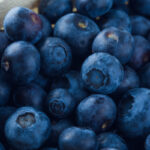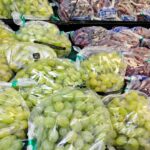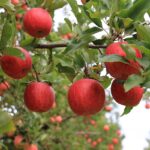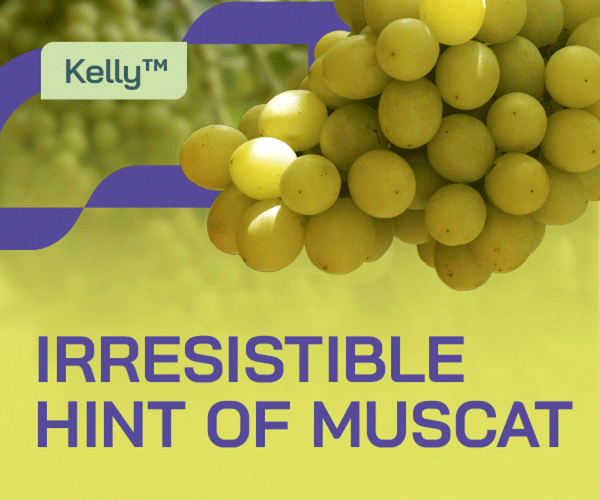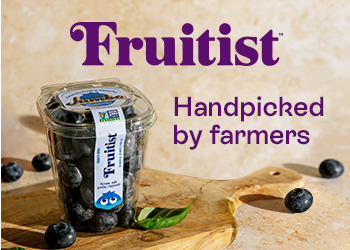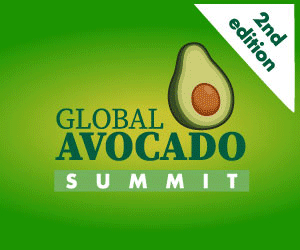GM bananas: from nutrition to disease resistance

Professor James Dale and his team at the Queensland University of Technology (QUT) have come far since gaining support from the Bill and Melinda Gates Foundation (BMGF) in 2005. Initially focused on vitamin-rich genetically modified (GM) bananas for growers in Uganda, work has extended to India with disease resistance thrown into the mix, while Dale mentions the possibility of collaboration with Nigerian and Indonesian scientists in the future. Catching up with him in Brisbane, www.freshfruitportal.com hears why transgenic bananas may face less resistance than other GMO crops, and their potential if consumers accept the technology. 
When Banana Bunchy Top Virus (BBTV) struck Australia in 1913, Dale said it brought down the amount of plantations in South East Queensland from more than 500 to four in a decade, but strict control measures were able to reign in the disease.
One hundred years later, BBTV is still causing problems internationally, particularly in Africa where it has wreaked havoc in many countries that don't have an effective level of regulatory oversight for containment.
And as growers around the world know well, BBTV is not the only problem that threatens their livelihoods as fungus Black Sigatoka advances in the Americas and Panama Disease Tropical Race IV takes hold in Asia and Australia's Northern Territory.
Banana breeding stations do exist to take on this pressing issue, but the fruit's extremely low seed count makes developing disease resistant varieties very tough via conventional methods.
"Cavendish bananas were never bred and all of the commercial cultivars are essentially sterile so the challenge for improving bananas is really difficult," Dale says.
"The really depressing thing is that humans are bloody good at moving diseases around. We move weeds around, we move insects around and we move plant diseases around very efficiently - in a few instances it's natural phenomena, but in most instances it's somebody doing something really stupid.
This curse may be a blessing for proponents of genetically modified bananas, compared to those involved with other GMO crops who at times have faced public outcry for contaminating non-GMO farms through cross-pollination.
"You could have a wild-type banana and a genetically modified banana a close distance apart and nope, there's no exchange of genetic material.
"In the early 1990s we decided we were going to get involved in genetic modification. I should say that was before anybody said that it was a naughty thing to do – we thought, ‘wow, what a fabulous opportunity to actually improve bananas’, and there’s a huge number of vegetatively propagated crops which you can’t breed from from the already accepted cultivars.
This fact has likely been instrumental for the establishment of QUT's GM field trials south of Innisfail in North Queensland; the heart of Australia's banana-growing district.
"We invited any of the banana growers who wanted to come before we planted the field trial, and we went through everything. It took a couple of hours, and they were really comfortable with what we’re doing," he says.
"There's no threat because there’s no transgene flow."
Disease resistance
Dale says his team of 15 people is still working on resistance to Bunchy Top but hasn't "quite got there yet", and has also developed a way of controlling Panama Race I - which wiped out previous staple banana variety Gros Michel - through stress tolerant genes.
"For the original genes we'd put in, the best one was from a nematode and that gave us a hint of what we should do, and then we went and looked for the plant equivalents and we've been able to use those.
"That's one strategy. Another is we’ve gone to a wild diploid banana called musa acuminata [spp.] malaccensis which grows in Indonesia and Malaysia. Some of those plants are absolutely immune to Tropical Race IV.
He says the malaccensis banana is full of seeds and a teeth-breaking bite into one is awful, but it could be possible to utilize its genes for disease resistance.
"There are about 25,000 types of genes, so it’s needle in a haystack type of stuff. So we’ve got to identify the right gene; we haven’t got the results from the field trial in the Northern Territory yet.
"Because it’s a slow-forming disease, we’d want to have the results probably by the end of next year. We’d be confident if we had lines there that are still standing up, and none of them are diseased, that there’s real resistance there."
He adds that this variety is also resistant to Black Sigatoka, but his team is not working on that fungus.
"We know that malaccensis is also resistant to Black Sigatoka, so that will come. And it would be interesting to see how some of the big banana companies cope with that, when they’d say , 'gee, we wouldn't have to spray if we had these GM bananas'."
Nutrition for the developing world
Dale's work received a boost in 2004 when the BMGF put out a call for expressions of interest around grand challenges in global health.
"Most of those global challenges were new vaccines, antibiotics and the control of insect vectors of human diseases; there was one grant challenge nine, which was to develop staple crops with a complete set of micronutrients.
"We'd already started to work with the National Agricultural Research Organization in Uganda so I suggested we make an expression of interest.
"In Uganda their staple food is bananas, and in that whole region there’s very high banana consumption, very high levels of Vitamin A deficiency, and very high levels of iron deficiency; anemia."
QUT received the funding to collaborate with their Ugandan counterparts, and Dale says "remarkable" progress has been made since then.
"So we’ve now got bananas with more than double our target levels that we wanted for provitamin A."
He says bananas already have vitamin A through beta-carotene and alpha-carotene, but genetic modification has allowed the scientists to augment the level.
"We were able to take the genes from one of them [beta-carotene] that makes very large amounts and put that banana gene into East African Highland Bananas and into Cavendish.
"The whole issue of vitamin deficiency is really complex - micronutrient deficiencies particularly. There is still this very poor population that don’t buy food and don’t access health clinics, and that can be anywhere between 30-50% of the population in developing countries.
"How do you get to them? They grow staple starch crops and then a little bit of variability but they don’t get enough of the micronutrients from those other crops to be able to supplement."
The first field trial for Vitamin A was in 2009, with a plan of developing the technology in Australia and then transferring that technology but not the plants to Uganda.
"Now that project is moving into the development phase where we can go and develop an elite line that we’ll take all the way through to farmer release in Uganda, and that will be available to other countries in the region if they want it.
He adds the next part of the Ugandan project is to increase iron levels, which is "much harder".
"But we're getting there. We’ve got a 50% increase but we actually want a 400% increase. We've got our next field trial in Australia already happening."
On the back of the Ugandan collaboration's success, QUT was approached by the Indian government to work on a similar project with its Department of Biotechnology.
"They wanted disease resistance as well, which we put in – they want resistance to bunchy top and Panama wilt."
Gaining acceptance
Dale says the biggest emotional impact that banana diseases have had on him personally was seeing the effects of Bunchy Top in Malawi in 2008.
"It was really concerning - you see fields just completely decimated by these diseases. There’s no yield, they don’t get anything.
"Even though bananas aren’t a staple crop in Malawi, it’s their cash crop, and when they don’t have any cash the kids don’t go to school or the local health center.
"If that happened in Nigeria or Uganda, it would be horrendous. We’re doing a lot of talking with people in Nigeria to expand the program to include Bunchy Top resistance."
He adds that if a new Bunchy Top project started it would include Indonesia as well.
But trials for various traits in GM bananas is just one step for Dale. The next are deregulation and consumer acceptance.
"There's no point in having a wonderfully disease-resistant banana if the general public aren’t going to eat it, because the growers won’t grow it.
"I think that is a time issue, and I think what we’ll see over the next decade is quite a significant change as to the reaction against genetically modified plants, particularly as we get more sophisticated in what we do; mainly plant genes, mainly traits that are really important, not just from a few companies but with lots of people doing it."
He emphasizes that the products of BMGF-funded GM banana projects will be freely available to resource-poor farmers anywhere in the world.
Photo: QUT

















